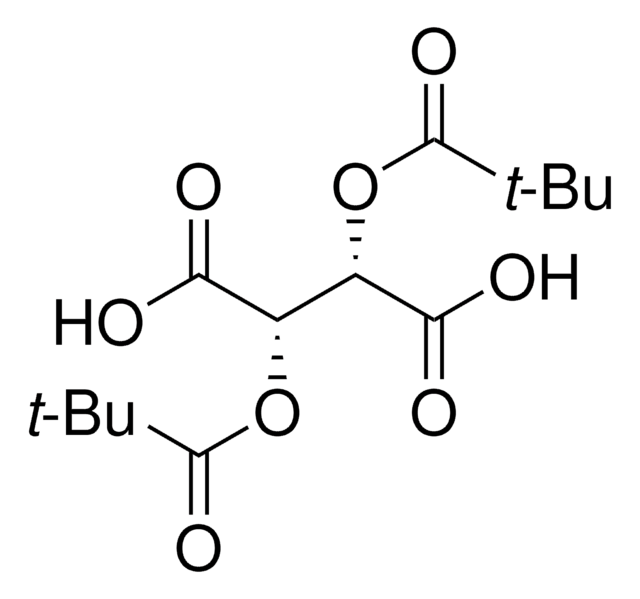67372
Melting point standard 283-286°C
analytical standard
Synonym(s):
Anthraquinone, ATQ
About This Item
Recommended Products
grade
analytical standard
Quality Level
vapor density
7.16 (vs air)
vapor pressure
1 mmHg ( 190 °C)
shelf life
limited shelf life, expiry date on the label
bp
379-381 °C (lit.)
mp
283-286 °C (±0.3°C)
284-286 °C (lit.)
application(s)
food and beverages
pharmaceutical
format
neat
SMILES string
O=C1c2ccccc2C(=O)c3ccccc13
InChI
1S/C14H8O2/c15-13-9-5-1-2-6-10(9)14(16)12-8-4-3-7-11(12)13/h1-8H
InChI key
RZVHIXYEVGDQDX-UHFFFAOYSA-N
Looking for similar products? Visit Product Comparison Guide
General description
The mp value is recorded as an average of 6 to 12 measurements with a Büchi B-545 equipment that is calibrated against primary standards. Melting point is determined by Capillary method, as described in Ph. Eur. 2.2.14.
Application
This product also features as a reference standard in thermal property investigations.
Features and Benefits
- Melting point calibration standard traceable to primary standards (LGC, London)
- Grade: Analytical Standard
- Melting point validated in the thermodynamic mode of analysis
- Standard deviation up to ± 0.3 °C
- Available with certificates of analysis and safety data sheet
Signal Word
Danger
Hazard Statements
Precautionary Statements
Hazard Classifications
Carc. 1B - Skin Sens. 1
Storage Class Code
6.1C - Combustible acute toxic Cat.3 / toxic compounds or compounds which causing chronic effects
WGK
WGK 1
Flash Point(F)
482.0 °F - closed cup
Flash Point(C)
250 °C - closed cup
Personal Protective Equipment
Choose from one of the most recent versions:
Certificates of Analysis (COA)
Sorry, we don't have COAs for this product available online at this time.
If you need assistance, please contact Customer Support.
Already Own This Product?
Find documentation for the products that you have recently purchased in the Document Library.
Customers Also Viewed
Our team of scientists has experience in all areas of research including Life Science, Material Science, Chemical Synthesis, Chromatography, Analytical and many others.
Contact Technical Service










